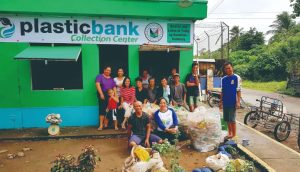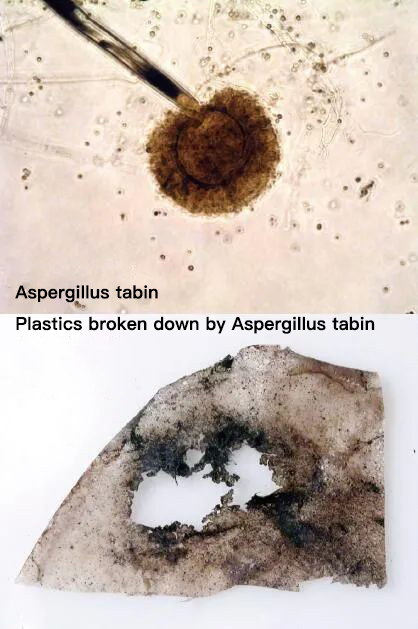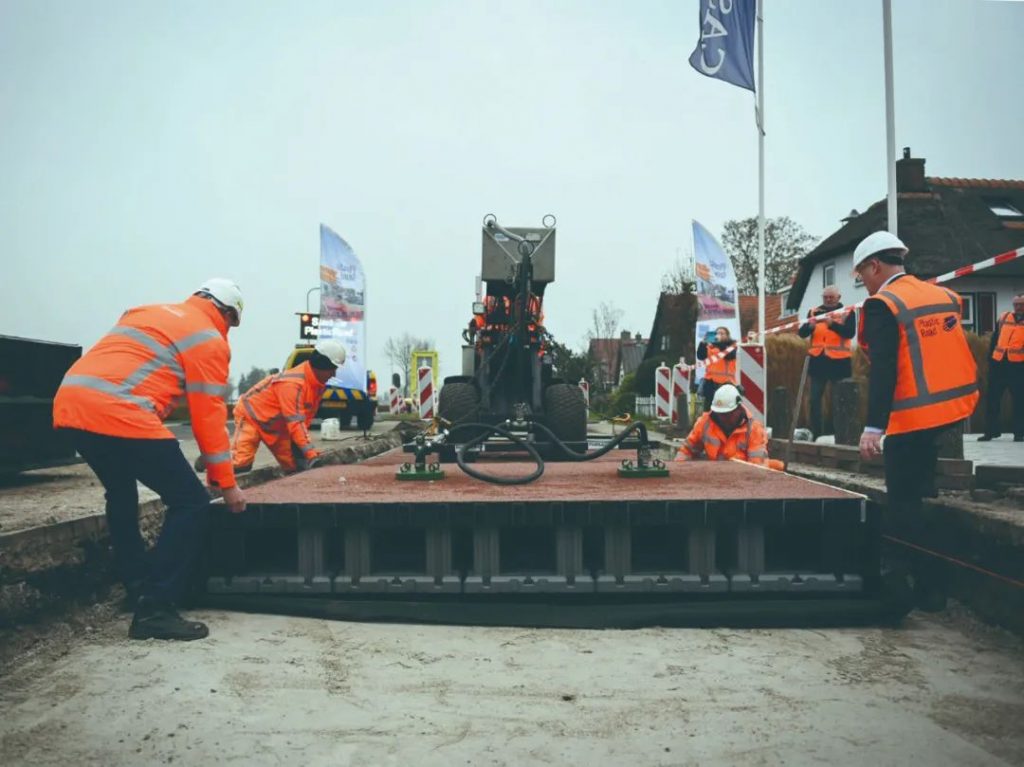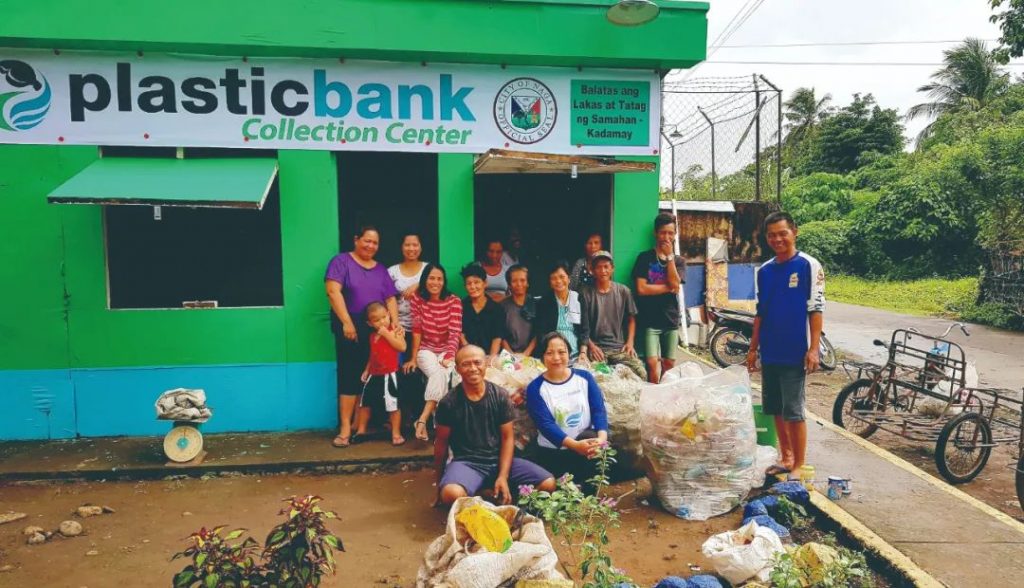
Plastic is everywhere. What novel solutions have people invented to get rid of its threat as soon as possible?
fungus that eats plastic
Plastic is difficult to decompose naturally, but scientists have found a fungus with a “unique taste” called Aspergillus tabin that “eats plastic”. It grows on the surface of plastic and secretes an enzyme that breaks down plastic quickly. While some plastics, which carry deadly contaminants, take decades to decompose under natural conditions, Aspergillus tabin breaks them down in just a few weeks.

However, its ability to “eat plastic” may be affected by various environmental factors such as temperature. Scientists are also scrambling to further study the ideal conditions under which it breaks down plastic.
Road made of plastic
There is a plastic road in the Netherlands with a total length of 30 meters. The recycled plastic in it is equivalent to 218,000 plastic cups or 500,000 plastic bottle caps. It is a bicycle path made of recycled plastic waste. Construction companies say the plastic material is even more durable than traditional asphalt, can withstand temperatures from -40°C to 80°C, and lasts 2 to 3 years longer than ordinary roads. And the installation process requires less heavy equipment, which greatly saves resources such as manpower, material resources and asphalt.

If more plastic roads are built around the world, there will be a place for waste plastics.
Foreign garbage cleaning system
In 2021, a Dutch organization launched a marine debris clean-up system called “System 002”, which targets the “Great Pacific Garbage Patch”, the largest area of plastic waste in the ocean, an area 3 the size of France. times, the garbage in its central area is about 80,000 tons.

The 002 system” is a huge 800-meter-long floating garbage collector, like a giant fishing net, which is dragged across the water at a constant speed by the boats at both ends to intercept and capture plastic garbage up to 3 meters below the sea surface. The garbage will temporarily enter the detention area at the back end of the system. After the detention area is filled, the garbage will be transferred to the ship for storage, and then the plastic garbage will be brought back to shore for recycling and processing.
The system is also being gradually upgraded, and the organization hopes to use it to remove 90% of ocean plastic waste by 2040.
Reducing plastic waste requires a concerted effort by all. Can you start using less single-use plastics now?
Plastic bank
In order to prevent plastics from entering the ocean, “plastic banks” that exchange plastics for money have appeared in Haiti, Brazil and other countries. It encourages people to collect plastic waste. Unlike waste recycling that walks the streets, the “plastic bank” is larger and has better services. In the bank, people can not only exchange plastic for money, but also for goods or services, and even pay tuition fees directly in plastic. The bank will also count the amount of plastic people collect, convert it into the corresponding credit limit or points, and provide each person with a digital wallet to store their income. The collected plastic will be sold by the bank to enterprises for production.

Plastic bank doorway
The goal of the Plastic Bank is to make plastic also a “currency”, making it more valuable without being thrown away, while creating wealth for the poor.
Comments